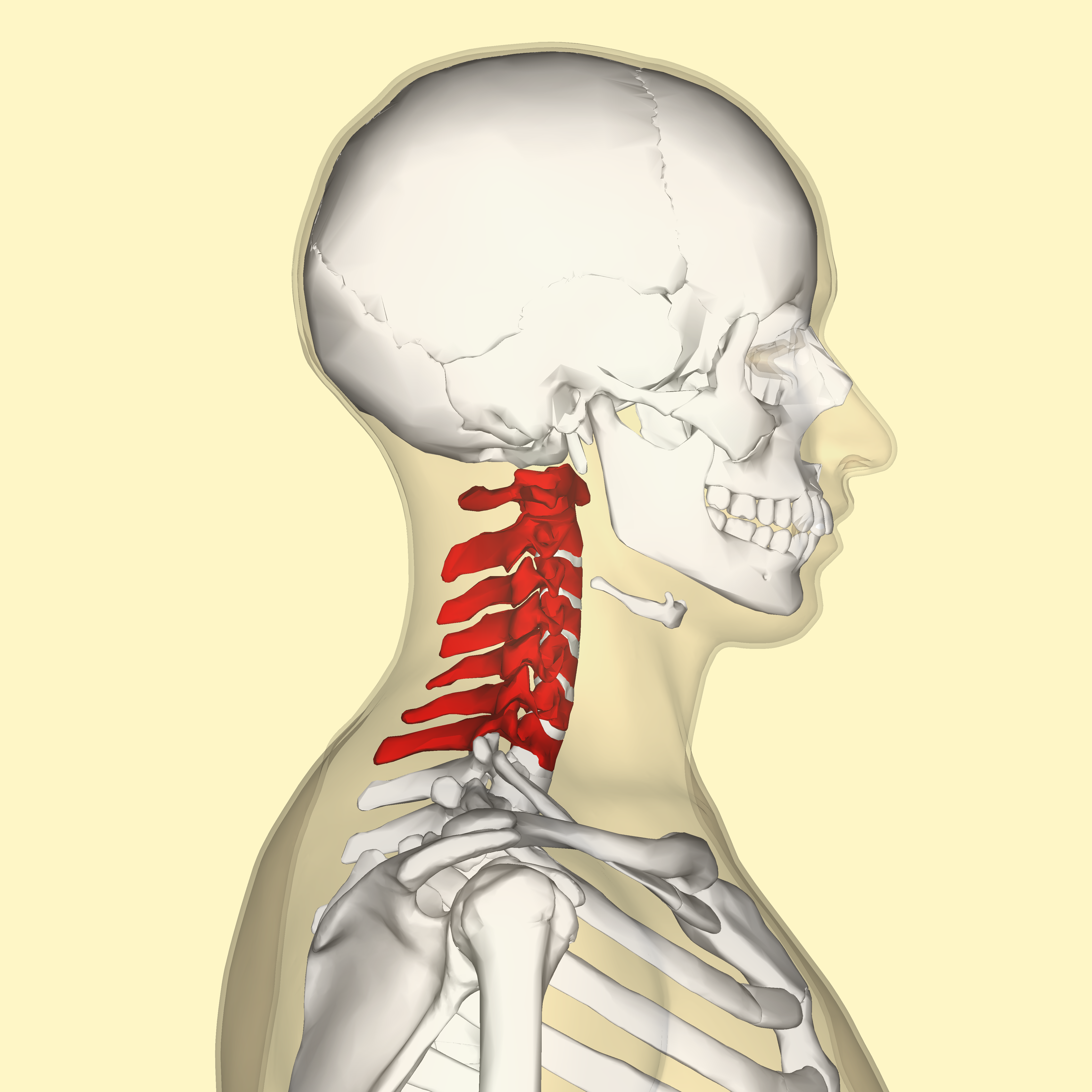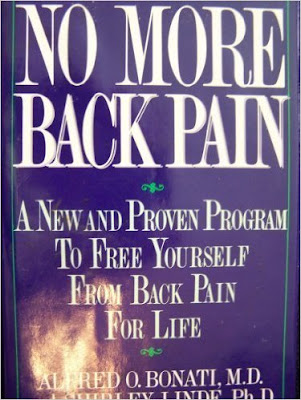If you’re experiencing muscle spasms, weakness and pain in your neck, arms, legs or back, it could actually signal a condition called foraminal stenosis.
In a normal spine, nerve roots have enough room to slip from the spinal cord through the neural foramina, which are openings between the vertebrae. However, disc degeneration brought on by age or disease may clog the foramen with disc material or bone spurs that trap and compress the nerve roots. Nerve root compression may occur in the cervical (neck area) thoracic (mid back area) or lumbar (lower back) portion of the spinal column.
The symptoms of foraminal stenosis include numbness, weakness, and sensations of burning, tingling, and pins and needles in the affected extremity.
What Causes Foraminal Stenosis?
Some spinal conditions linked to foraminal stenosis include:
- Bone spurs, additional bone which can grow on the foramina and constrict nerve roots
- Bulging disc, the protrusion or bulge intrude into the foramen and pinch the nerve roots
- Herniated disc, the ruptured disc may cause disc material to jut into the foramen and pinch the nerve roots
- Degenerative disc disease, the foramina may become constricted as the intervertebral discs narrow due to degeneration over time.
Depending on where the nerve roots are compressed, the person suffering from foraminal stenosis may experience varying symptoms. For example, lumbar foraminal narrowing may lead to pain, tingling or numbness that extends down into the lower back, hips and back of the legs. Cervical stenosis may affect the neck, arms and hands.
Unfortunately, in some cases, the pain and other symptoms will not become apparent right away. Someone suffering from a herniated disc may not experience many symptoms, which means they may not get treatment. Failing to get treatment for a spinal condition can then increase the risk of foraminal stenosis. This condition develops gradually over an extended period of time.
Neural Foraminal Stenosis & Bilateral Neural Foraminal Stenosis
Neural foraminal stenosis is used to describe a condition in which the opening of the vertebrae narrows. Neural refers to the nervous system, which is the system the spinal cord belongs to, while stenosis refers to narrowing.
Typically only one side of the vertebrae is impacted with foraminal stenosis. Bilateral neural foraminal narrowing may be diagnosed when both the right and left sides of the nerve passageways in the spine have narrowed and caused the compression of a nerve. When a person suffers from bilateral foraminal stenosis, they are more likely to feel pain on both sides.
Your physician will determine if surgery is required for one or both sides depending on your condition.
Treatment Options for Foraminal Stenosis
In order to diagnose this condition, a physician will have to obtain your full medical history, complete a physical examination and review your MRI or CT scan.
A patient may begin a mild treatment regimen that includes physical therapy and medications. If these conservative treatments do not resolve the problem, surgery may be the next option.
To treat foraminal stenosis, the Bonati Spine Procedures offer an array of surgical techniques that may include:
Laminotomy/Laminectomy: these are decompression surgeries that relieve pressure on spinal nerves caused by narrowing of the spinal canal.
Facetectomy: this procedure is performed to relieve pressure on spinal nerve roots. A laser may be utilized to vaporize the dorsal rami nerve fibers that have become inflamed.
Discectomy: a procedure in which the diseased portion of the disc that is causing nerve compression is removed using specially adapted patented endoscopic instruments, and the Holmium YAG laser may be used to shrink and remodel the remaining disc.
Facet ablation: A Facet Thermal Ablation is a laser eradication of sensory nerves causing pain. During a Bonati Facet Thermal Ablation (Rhizolysis), surgeons vaporize irritated and painful nerves around the facets of the vertebrae.
Foraminotomy: A foraminotomy is a decompression surgery performed in order to increases the space of the foramen and hollow out the passageway where the nerve roots exit the spinal canal. The procedure involves the removal of bone or tissue that obstructs the neuroforamen and compresses the nerve roots leading to inflammation and radiating pain.
Speaking with an experienced spinal surgeon can help you determine the best treatment option. At
The Bonati Spine Institute, the procedures available are considered among the best in the world. Their experienced professionals can determine your condition and treatment options that will work best so that you can get your quality of life back.



